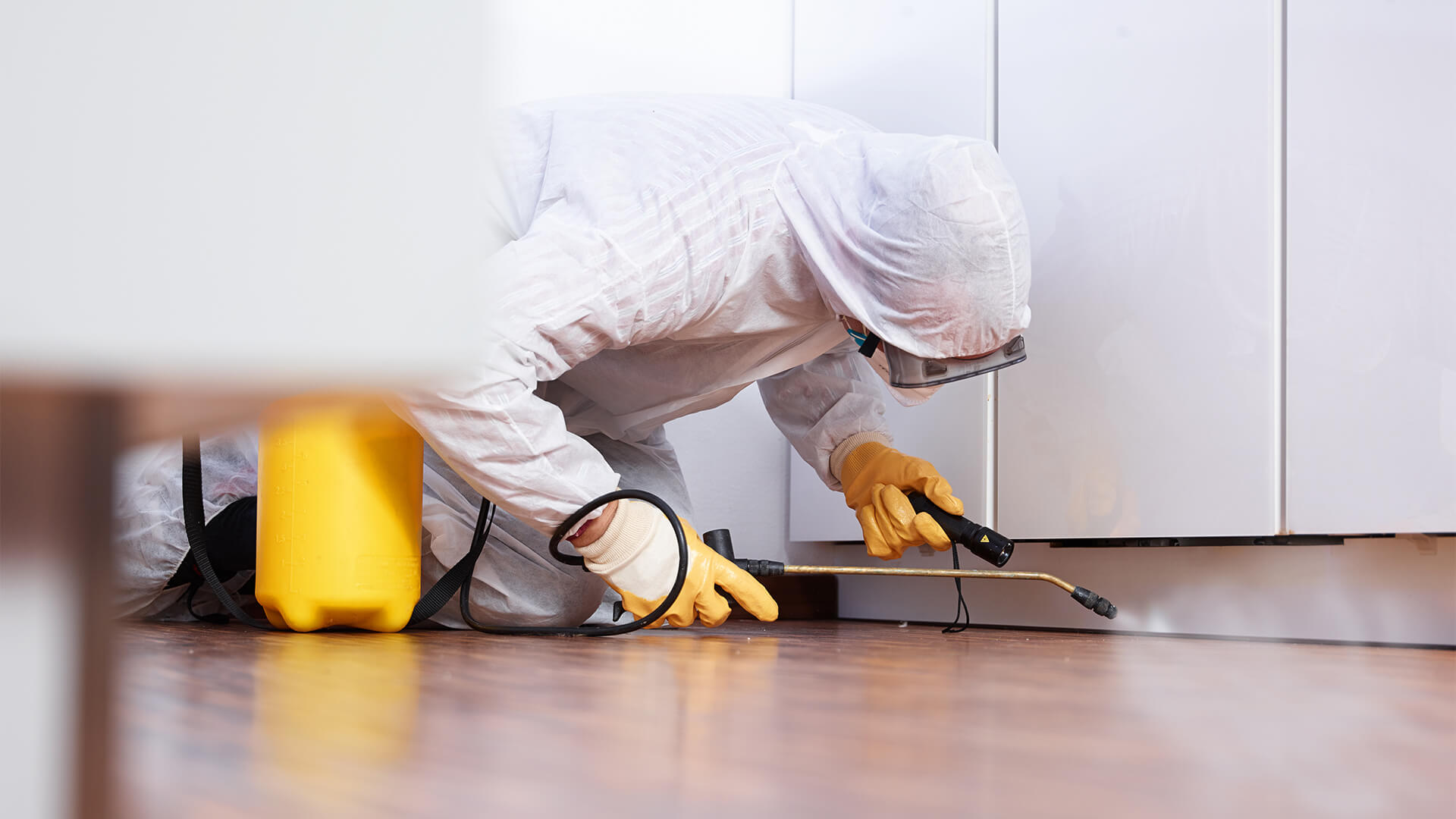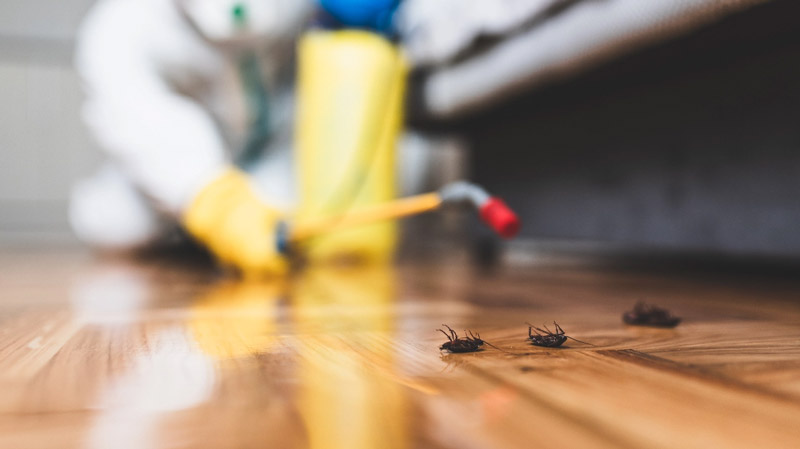Choose expert Pest Control to achieve a pest-free environment.
Eco-Friendly Insect Control Approaches for Taking Care Of Wildlife in Urban Locations
Urban areas typically locate themselves at the crossway of human activity and wildlife, leading to unique obstacles in parasite monitoring. These methods not just safeguard the environment however also improve community engagement in wild animals monitoring. As metropolitan populations continue to grow, understanding the characteristics of wild animals interactions becomes significantly essential.
Understanding Urban Wild Animals Characteristics
Recognizing Urban Wildlife Characteristics is essential for establishing efficient and environment-friendly insect control strategies. Urban locations are progressively becoming habitats for various wild animals types, driven by factors such as environment fragmentation, food availability, and human infringement. Recognizing these characteristics allows for a nuanced strategy to pest administration that aligns with environmental principles.
Urban wild animals typically includes types such as raccoons, squirrels, and birds, which adjust to city atmospheres, finding specific niches in green spaces, parks, and also suburbs. Their presence can cause conflicts with human beings, particularly when they make use of human resources for food and shelter. Recognizing the behaviors and eco-friendly roles of these types informs techniques that decrease negative interactions while advertising biodiversity.
Moreover, recognizing the interdependencies within urban ecological communities helps in determining crucial locations for environment preservation and reconstruction. This knowledge adds to the development of integrated parasite management (IPM) techniques that think about the environmental balance, thus minimizing dependence on harmful chemicals. By promoting coexistence in between humans and urban wildlife, cities can produce healthier atmospheres that profit both homeowners and neighborhood communities, leading the way for sustainable metropolitan living.
Natural Repellents and Deterrents
All-natural repellents and deterrents offer a sustainable alternative to conventional pest control methods by harnessing the power of nature to keep undesirable species at bay. These environmentally friendly options normally use plant-based active ingredients, vital oils, and other naturally occurring substances that hinder parasites without damaging the environment.
One reliable all-natural repellent is peppermint oil, which is understood to ward off rodents and insects. Its strong scent is undesirable to lots of insects, making it a popular choice for city setups. Vinegar and citrus peels can offer as deterrents, as their strong odors are commonly uninviting to different wildlife.
In addition, diatomaceous planet is a natural powder that can be spread out in locations prone to parasite activity, effectively dehydrating and hindering bugs without posing threats to non-target species. Garlic sprays and neem oil are identified for their capability to repel a vast variety of insects, consisting of both insects and bigger wildlife.
Carrying out these natural repellents not only lowers reliance on chemical pesticides however also promotes a healthier urban environment, fostering a much more well balanced coexistence between human beings and wildlife. By utilizing these techniques, urban areas can successfully manage insect populaces while lessening environmental influence.
Habitat Adjustment Methods
Reliable habitat modification methods play an essential function in lasting parasite management by altering the environment to make it much less for pest infestations. By understanding the environmental characteristics of city locations, residential property proprietors can execute calculated adjustments that discourage pests while advertising biodiversity.
(Pest Control Services)One main strategy entails maintaining proper hygiene. This includes regular waste removal, protecting garbage can, and eliminating standing water to decrease breeding sites for bugs and rats. In addition, landscape design techniques such as picking indigenous plants can boost ecological balance, providing habitats for advantageous organisms while reducing resources for insects.
Another important technique is to seal entry factors in buildings. Examining and fixing fractures in structures, wall surfaces, and home windows can substantially minimize insect access. Furthermore, producing physical barriers, such as fencings or plant buffers, can inhibit wild animals movement right into human-inhabited areas.
Integrated Bug Administration Practices
Building upon habitat modification methods, integrated bug management (IPM) practices use a holistic approach to managing insect populations while reducing environmental influence. IPM integrates numerous approaches, consisting of organic, cultural, mechanical, and chemical controls, to attain efficient pest administration.
Organic control involves the intro of all-natural predators or bloodsuckers to decrease bug populations. Cultural methods, such as plant rotation and hygiene, interfere with pest life process and decrease their habitats - Pest Control. Mechanical controls, like traps and obstacles, supply immediate remedy for parasite pressures without chemical intervention
Chemical controls are made use of as a last hope, concentrating on targeted applications that restrict harm to non-target species and the atmosphere. The option of environmentally friendly pesticides, when essential, is indispensable to the IPM structure. Additionally, keeping an eye on parasite populations and evaluating prospective damage aids educate decision-making, guaranteeing that interventions are timely and effective.
Community Involvement and Education

(Pest Control Services)Workshops and educational sessions can gear up residents with understanding regarding indigenous types, habitat preservation, and efficient safe bug administration methods. Partnership with colleges, regional companies, and federal government companies additionally improves educational outreach, ensuring that vital info reaches varied target markets.
Additionally, community-led efforts, such as neighborhood clean-up days and environment repair jobs, not only advertise biodiversity yet likewise strengthen area connections. Pest control service. By urging residents to share their experiences and monitorings, neighborhoods can develop targeted approaches that attend to particular regional parasite problems
Incorporating responses from citizens into bug management plans makes it possible for a much more responsive and flexible approach to wild animals challenges. Inevitably, notified and engaged areas are essential to attaining long-lasting success in environmentally friendly parasite control, resulting in much healthier metropolitan environments that appreciate both human and eco-friendly you could try here requirements.

Final Thought
In conclusion, eco-friendly parasite control comes close to offer sustainable services for managing city wild animals. By prioritizing habitat alteration, making use of natural repellents, and executing integrated pest monitoring methods, communities can cultivate an unified coexistence with neighborhood animals.